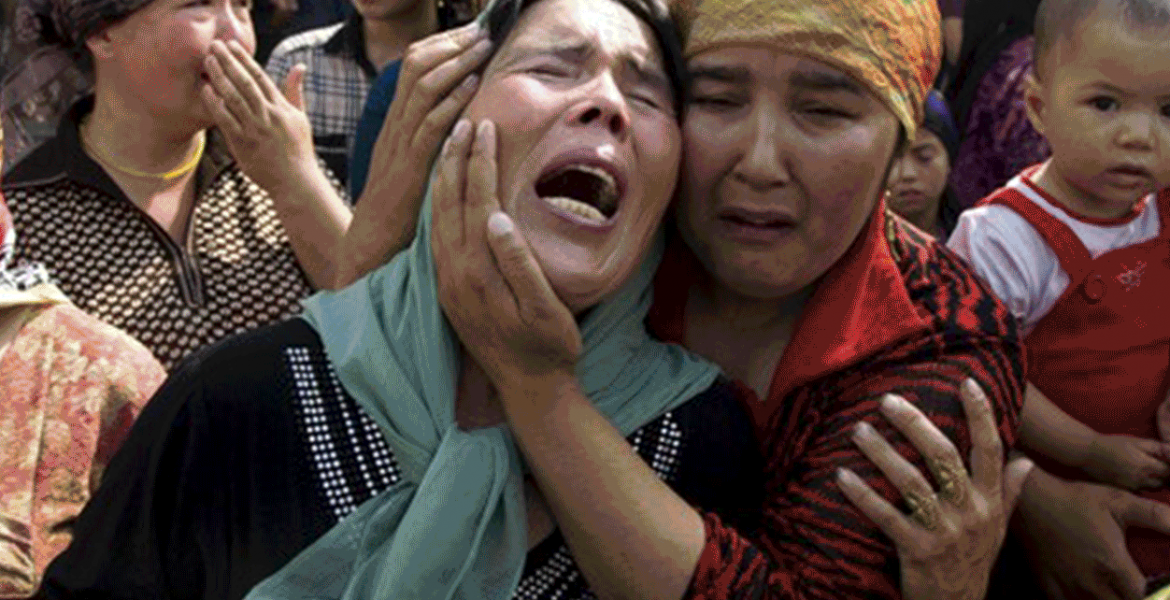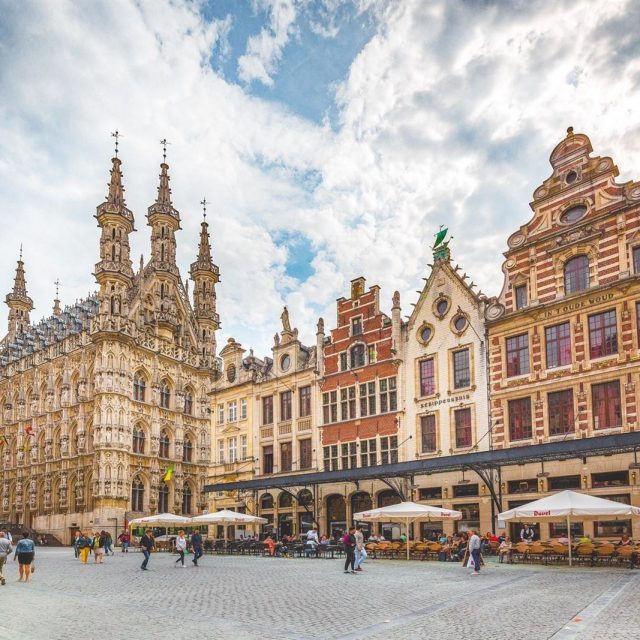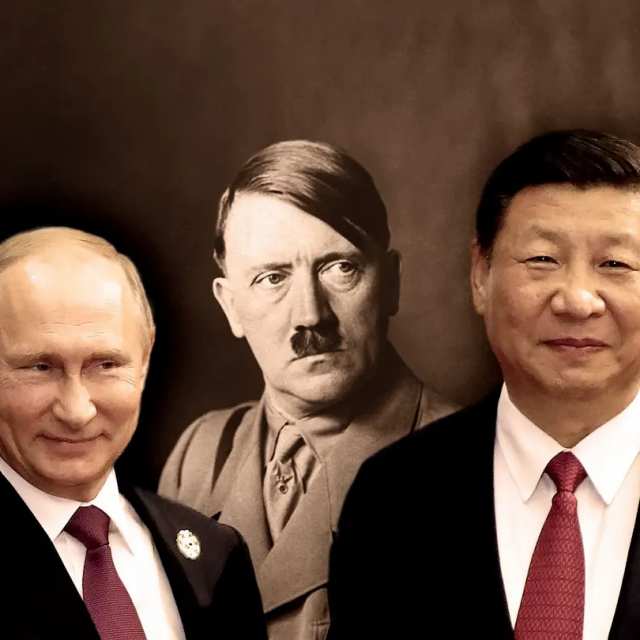By Henri Malosse,
Guest Contributor
Qiemo County, is in the Bayingolin Mongol Autonomous Prefecture, Xinjiang, China, part of the Southern Silk Route. In 2014 the Chinese government started a program that tried to ‘sinocise’ the non-Han population living in Qiemo County, by incentivising mixed marriage. The plan introduced an allowance that was issued to any mixed couples living in the region. The allowance consisted of a 10000-yuan yearly payment (1300 euros) that would be issued to each couple for five consecutive years. This plan, like many of the other programs being operated in China, was designed to speed up the cultural assimilation of the Muslim Uyghurs and other minority groups. Despite being a meaningful amount of money for the regions standards, this program hasn’t been all that effective at promoting more mixed marriages. It should come as no surprise then that Beijing is now trying a new strategy.
According to 2015 statistics, almost half of the 23 million inhabitants of the Xinjiang Uyghur Autonomous Region (XUAR), better known to the locals as East Turkestan, are Uyghurs. More than 1 million Uyghurs and other individuals who belong to different ethnic minorities in the Xinjiang Autonomous Region have been imprisoned in internment camps established by the Chinese authorities without trial or legal representation, all in the name of unity through the assimilation, and indoctrination, of religious minorities into Chinese Communist Party (CCP).
The reports coming from these “camps” are deeply disturbing. In response to these troubling stories the European Parliament recently directed the European External Action Services to investigate the deteriorating situation in the XUAR. The European Parliament stated that whilst “the EU has become increasingly vocal on the issue in recent months, the situation in the Xinjiang Uyghur Autonomous Region has continued to deteriorate, as credible reports indicate that the internment camp network arbitrarily detaining an estimated 1 million Uyghurs and other ethnic Turkic peoples has continued to expand. The camps constitute a massive effort to forcibly culturally assimilate an entire ethnic group and erode the unique Uyghur identity.”
While these tactics are quite shocking, they do not seem to have had the success in consuming religious minorities into the ideal population envisioned by the CCP. In a sign of their grim determination, China has now introduced a new policy intended to distort the education of both Han Chinese and Uyghur unless they consider inter cultural marriages.
.
Certain Uyghur students, those lucky enough to not be detained, will now face discrimination when accessing university studies. Instead of allocating extra points to members of ethnic minorities (which is usually the case in China in order to balance their lower level in Mandarin), the Xinjiang administration has chosen a contrary action. It has modified its university entrance exam rules to favour children from mixed families, those from both Han and Uyghur mixed marriages.
In concrete terms, the regional government doubled the number of bonus points allocated to interethnic students (those having one Han parent) to 20, while students with both parents from the same ethnic minority will see their scored decreased by 15 points.
In 2018, around 5 million students passed the Gaokao exam, out of the 10 million who attended the test. Thus for Uyghur students already starting with a disadvantage on the final mark is more than just a handicap. For Uyghur students who want to be among the half that will have the chance to be admitted in the higher education institutes this distinction based on parentage has broad ramifications.
The Gaokao examination is taken by Chinese students in their third and final year of high school. It is the sole criterion for admission into Chinese universities. One Chinese saying aptly compares the exam to a stampede of “thousands of soldiers and tens of thousands of horses across a single log bridge.”
Chinese statistics on interethnic marriages are not so easily found, but national data from a 2010-census suggests that the Han and Uyghur populations tend to marry within their own ethnic group, with only 0.2 percent of Uyghurs marrying Han people. This means that the reform will ultimately end up hurting many, if not all, Uyghur teenagers from the region. This authoritarian measure is just another step on the long road of persecution that the Uyghur population has been enduring.
The Chinese Communist Party policy towards the Uyghurs continues to steadily progress, complete with its totalitarian ideology. But with this new exam system, the CCP has also triggered the ire of the Han population. If mixed couples will benefit from this program, and if their children will be given an advantage in the Gaokao,, then families who are not mixed, be they in Uyghur or the Han communities, will be disadvantaged.
In a sense, the Chinese governments policy, which are scrambling to erase Uyghurs and other ethnic minorities from the cultural maps of China, are having quite the opposite to their intended effect as they bring discontentment amongst the Han Chinese and force the Uyghur to go to extreme length to retain their heritage, values and families.
The Author Henri Malosse, is the 30th President of the European Economic and Social Committee




